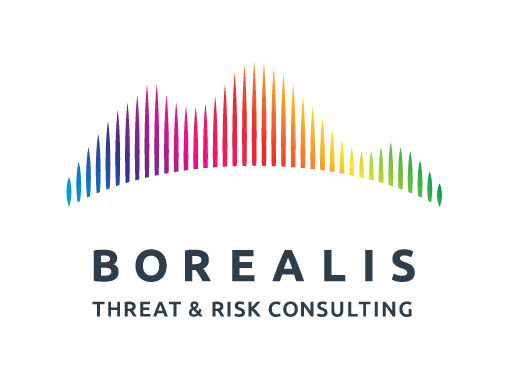This piece first appeared in the Epoch Times Canada on January 24, 2024.
The last time I checked, Canada was a liberal secular democracy that is based on the rule of law. In that sense, new legislation or changes to our legal code are suggested by MPs or senators or committees, debated, amended, debated again, voted on in both the House of Commons and the Senate, passed, and then, and only then, are sent to the Governor General for royal assent and finally become law.
I would imagine we all recognize that over time laws need to be reviewed and amended as society changes and the facts on the ground shift. To cite but one example, we used to have a law in Canada that made Chinese immigration illegal (the 1923 Chinese Immigration Act was only repealed in May 1947) but would not countenance such an approach today. The nation’s attitudes have moved on.
Laws exist for several reasons: to establish order in society, to differentiate between what we see as permissible and what is not, to provide a guide to governments and the agencies tasked with maintaining a safe country (i.e., the police) on what they can and cannot do. In Canada, officials cannot just wake up one day and decide to do something that is inconsistent with the law.
Which brings us to the Liberal move to invoke the Emergencies Act in February 2022 to put an end to the so-called Freedom Convoy in Ottawa. The rationale offered was that situation had gotten out of hand, action by the police was clearly insufficient, and a very real threat to national security was present. The first two may indeed have been true, but the last was not, and that is the critical factor as the act can ONLY be used if there is a threat to national security (the act mentions a “national emergency” but notes in section 16 that a “public order emergency” arises from threats to the security of Canada as defined in section 2 of the CSIS (Canadian Security Intelligence) Act.
But the CSIS director had declared publicly that there was no such threat. As a former strategic terrorism analyst at CSIS, I can understand the process through which he got there. CSIS would have carried out investigations under section 2c) of the CSIS Act, gathered intelligence, analyzed it, and concluded that whatever the Freedom Convoy was trying to do, it was NOT a threat to national security. (The fact that the CSIS director also “supported” the use of the Emergencies Act is more suggestive of political pressure placed on him than actual security grounds to justify it.).
The recent Federal Court decision that the government’s use of the act was unreasonable and violated two sections of the Charter of Rights and Freedoms is on the one hand interesting and on the other very embarrassing for the Liberals. Justice Mosley agreed that the CSIS threat assessment should be given some weight, but added curiously that there could have been “other information” available to cabinet that would lead to the invocation.
This is highly problematic. The act states clearly that the definition of threat is the same as that in the CSIS Act, which CSIS determines through its actions. The government may believe that the act needs to be revised when it comes to defining threat—although I would question who is in a better position than CSIS to make the determination of threat: a minister or national security adviser with no background in the area or upset citizens tired of all the honking?—but you cannot opt to use the act in that way before it is changed. You have to work with what you have, not what you wish to have. This is why we have a parliamentary process in the first place.
More critically for the government is the confirmation that it used a piece of legislation that should only be invoked in the direst of circumstances when in fact those conditions were not met. The Freedom Convoy protest may have been many things—a pain in the behind, disruptive, noisy, scary, intimidating, unpopular with Ottawa residents, etc.—but it was not a threat to national security that had to be stopped by the Emergencies Act. Not to mention the protesters’ right to voice opinions as protected by the Charter. The government reference to guns in Coutts, Alberta, carried by individuals ’sympathetic’ to the convoy’s aims may have been more serious, but that required a local, not a national, response through the use of a draconian legislative tool.
Recall that the last time this power was deployed, when it was called the War Measures Act, the FLQ had set off hundreds of bombs in Montreal, killed half a dozen people including a Quebec cabinet minister, caused millions of dollars in damage, and kidnapped a British diplomat. THAT was a national security/public safety threat as the current PM’s father Pierre Trudeau determined at the time, calling the army out and suspending civil liberties. A traffic jam and rude behaviour near Parliament in 2022 may not be very “Canadian” but it is also not in the same ballpark as the 1970 October Crisis.
The current Trudeau government is widely disliked by many Canadians and this ruling will merely confirm their belief that it is time for a new set of leaders. We will of course get that opportunity, through the democratic process, by next year at the latest.
The bottom line, however, and a lesson for all, especially the government of the day, is simple: the law is the law and must be adhered to. This government did not do that.

